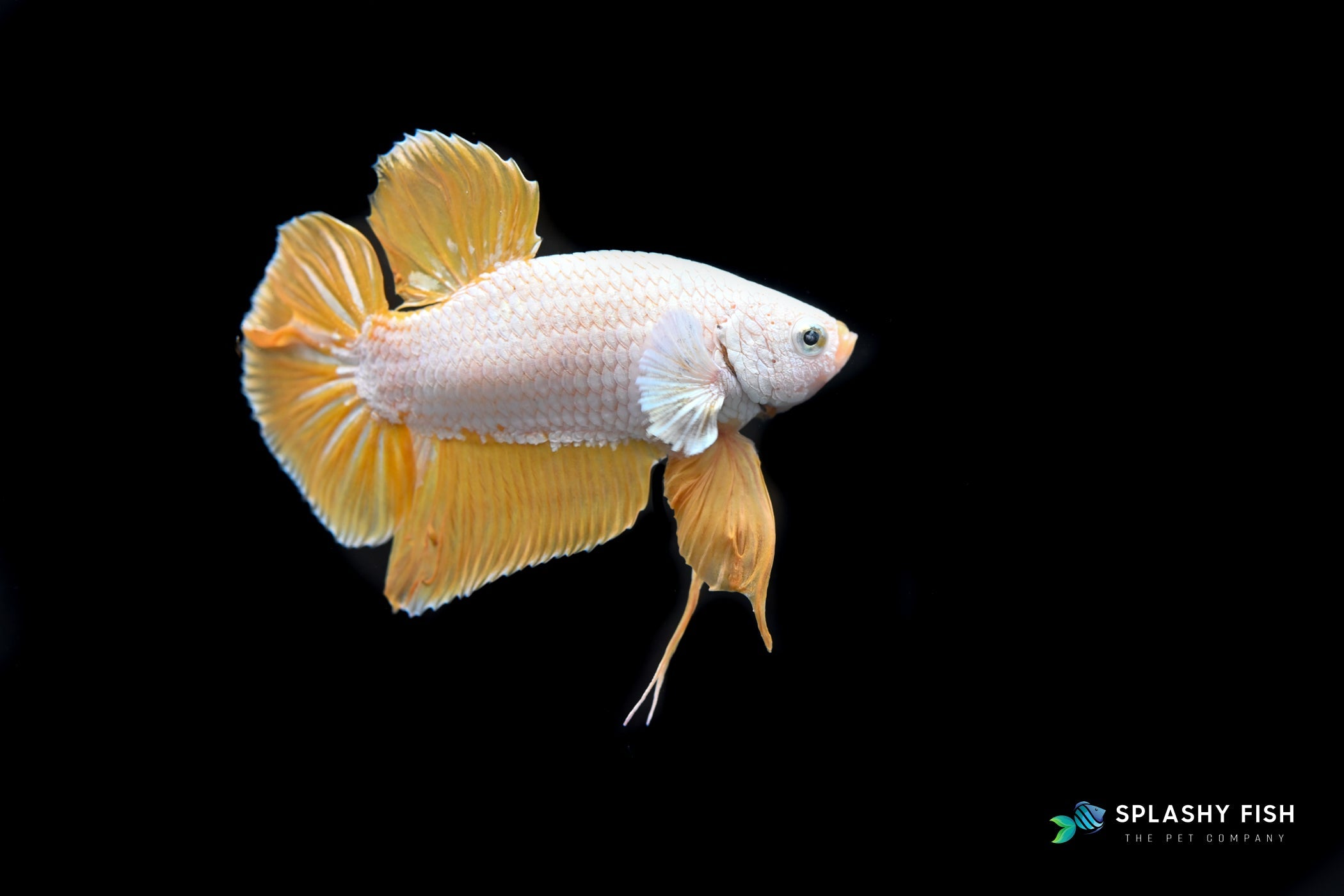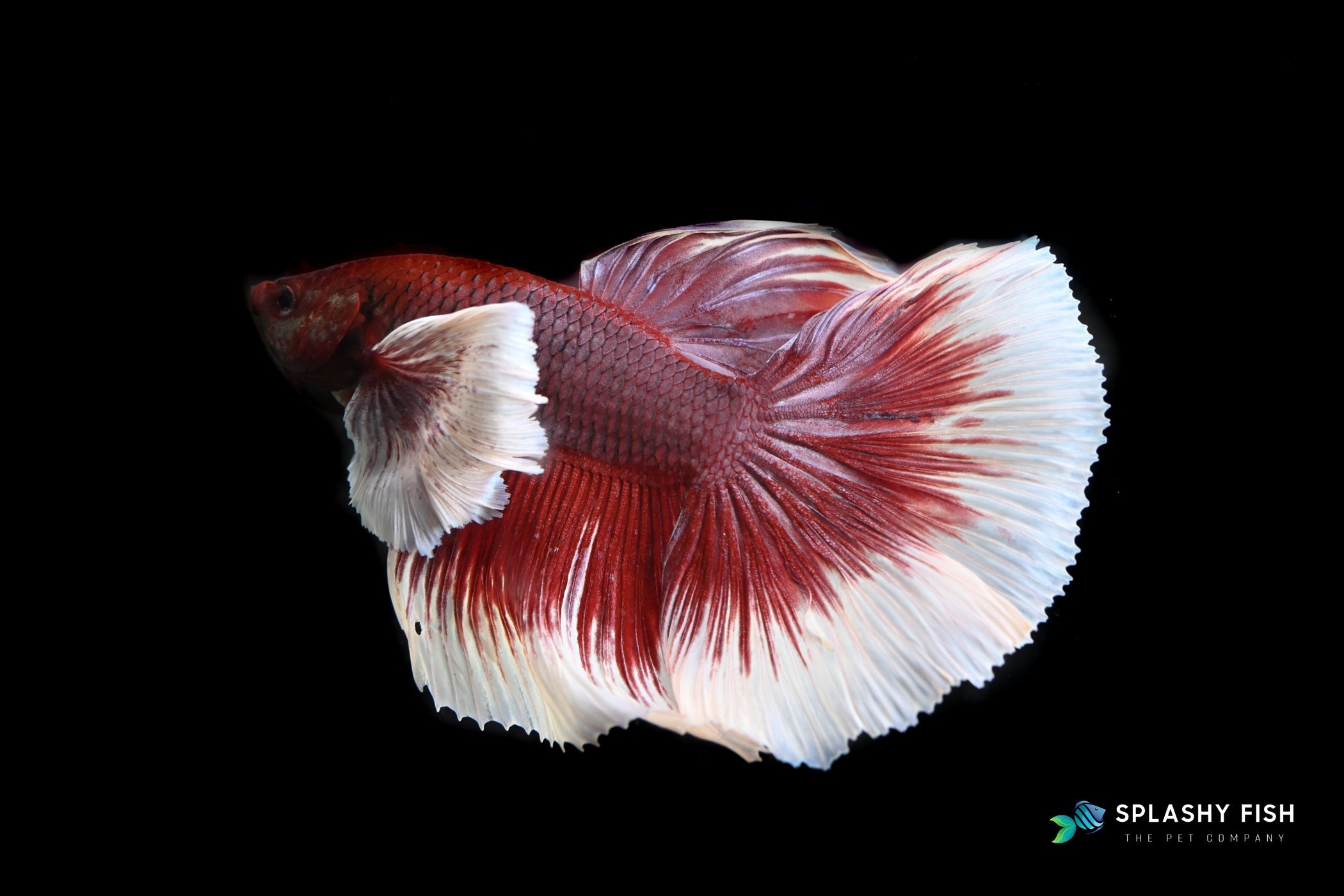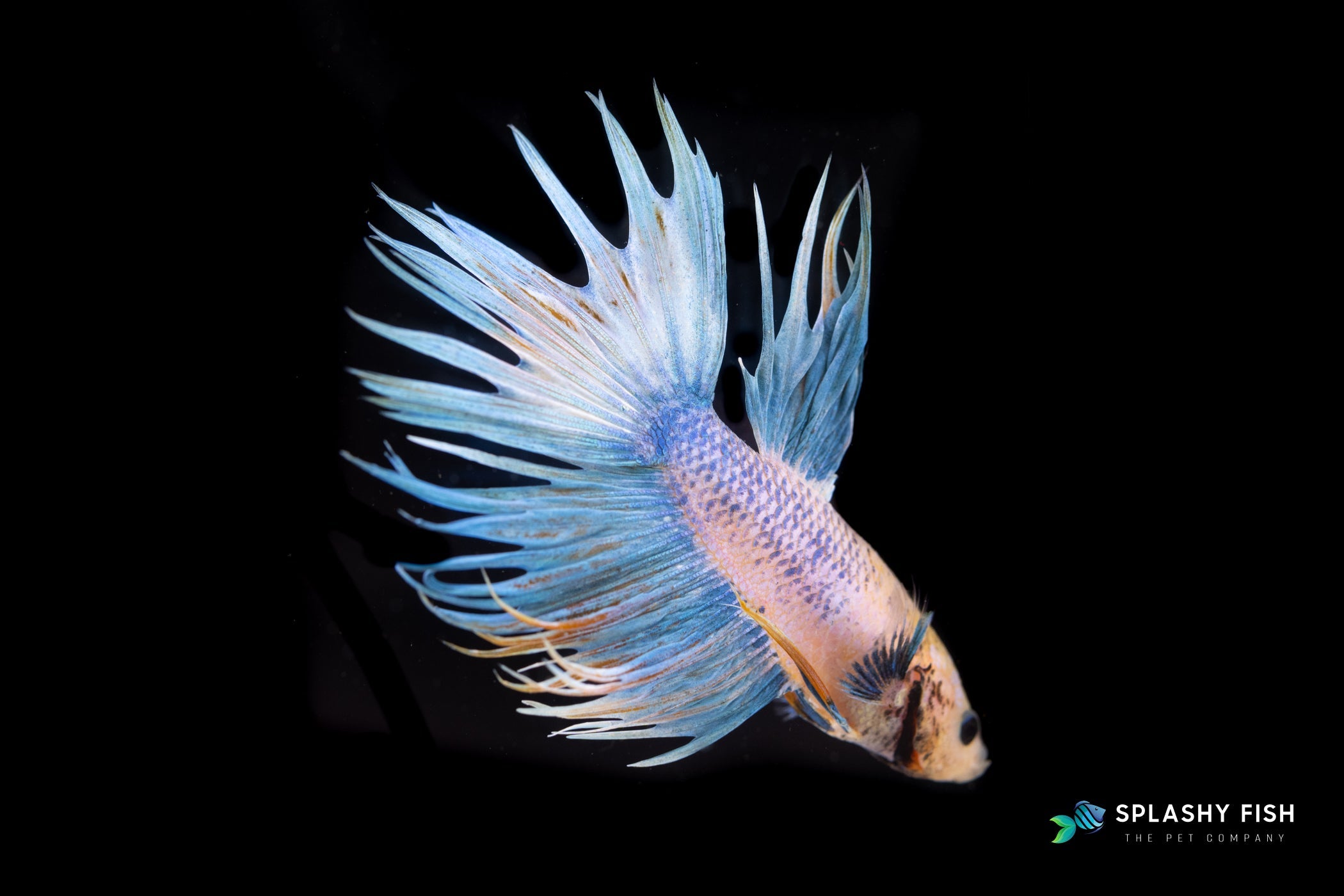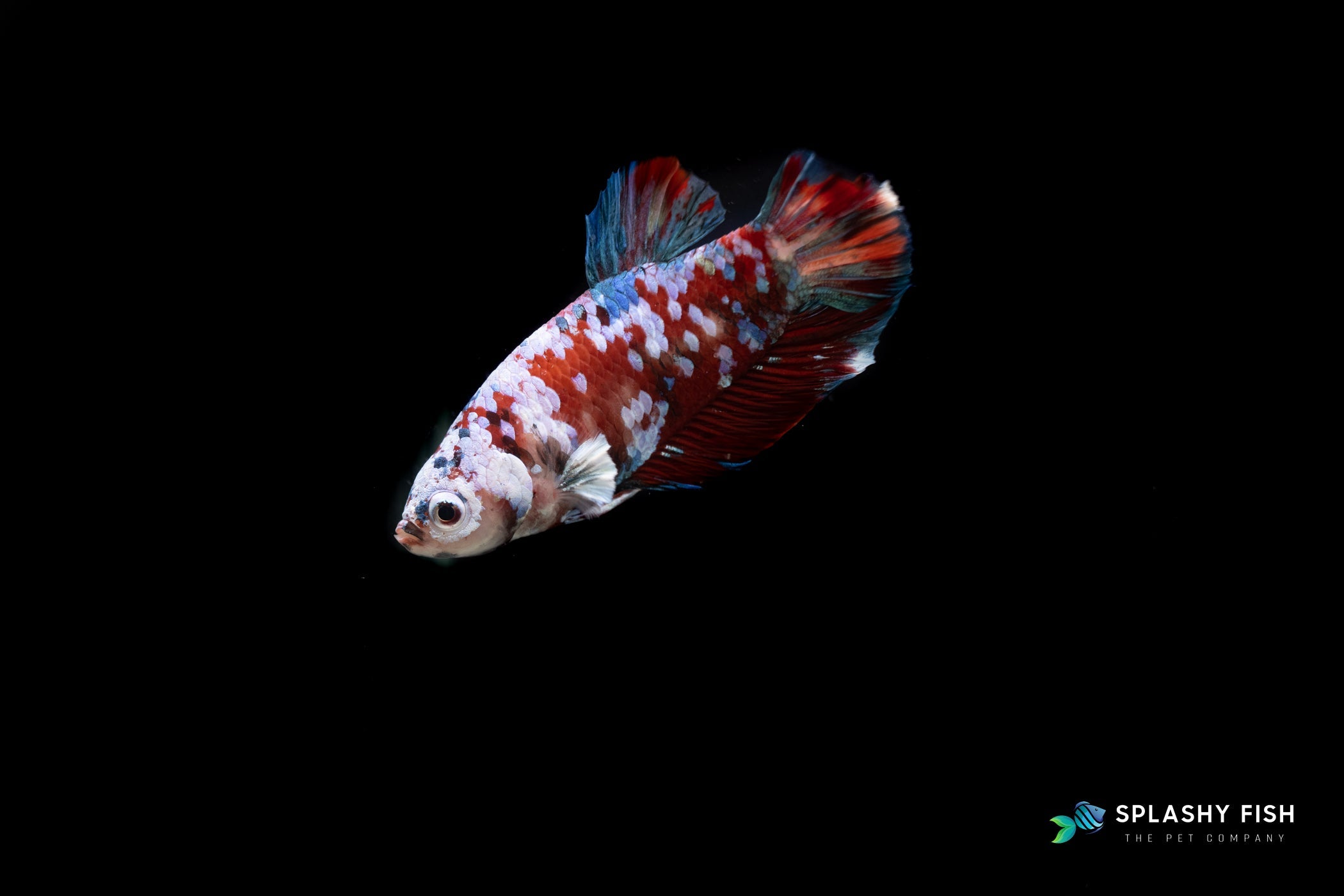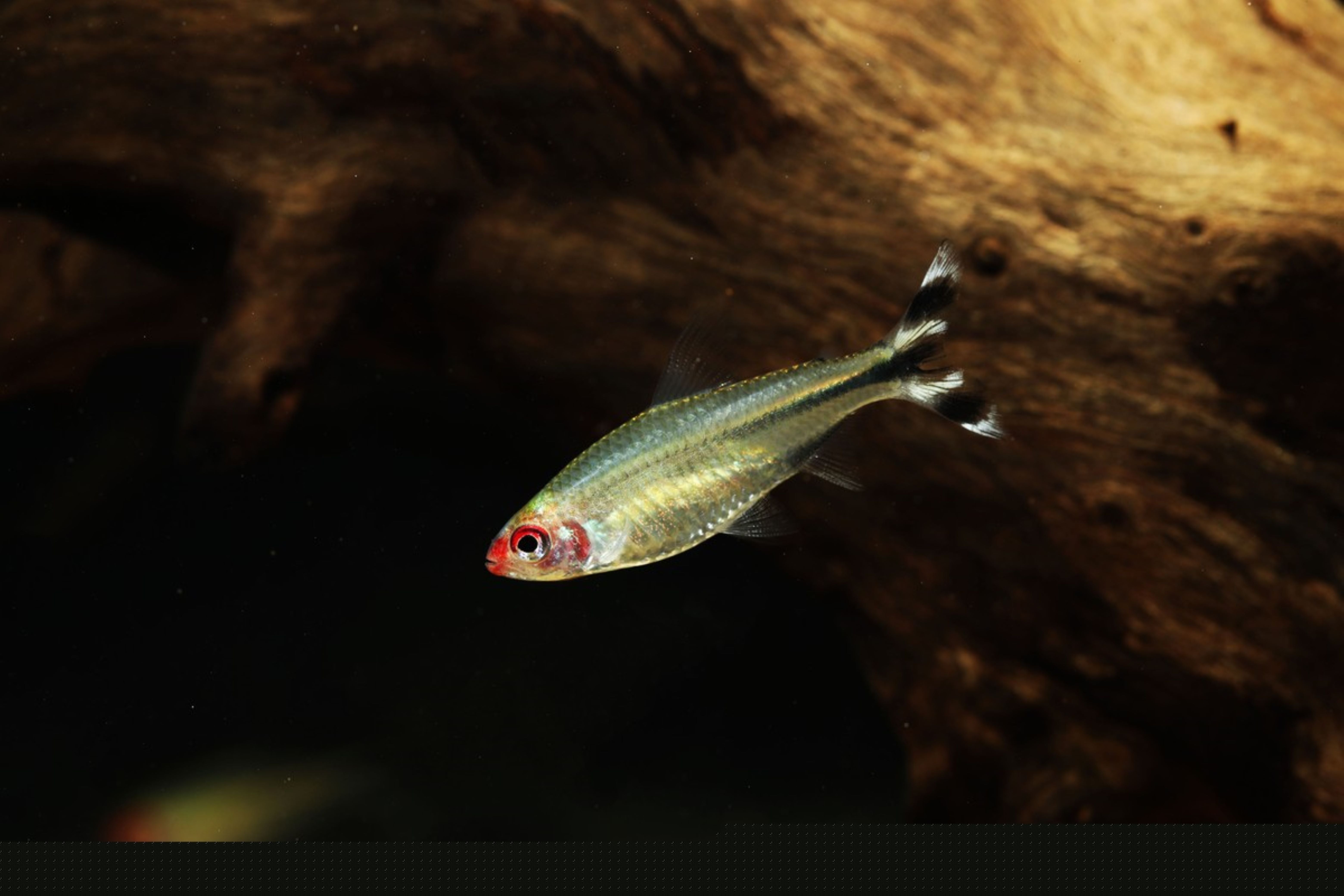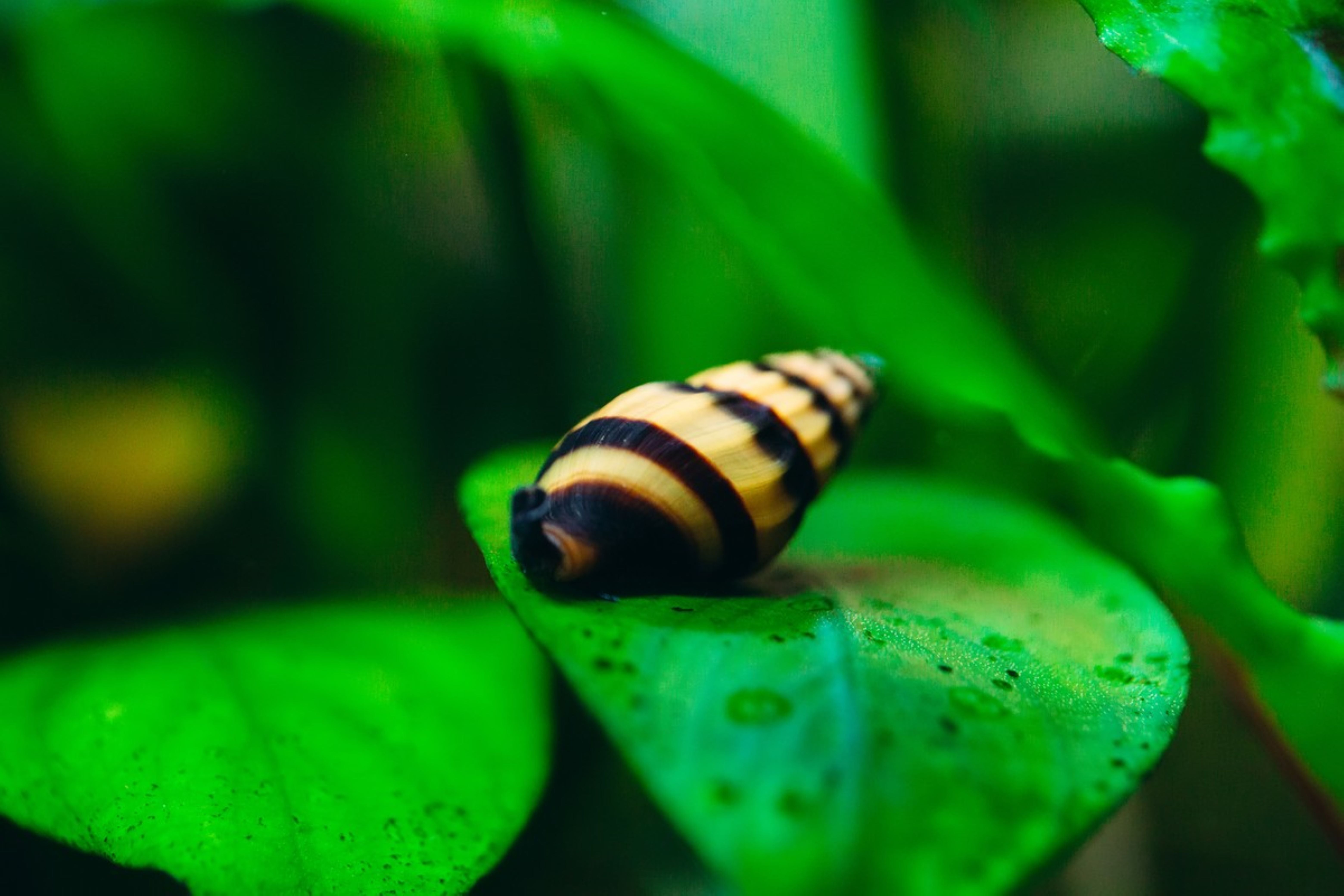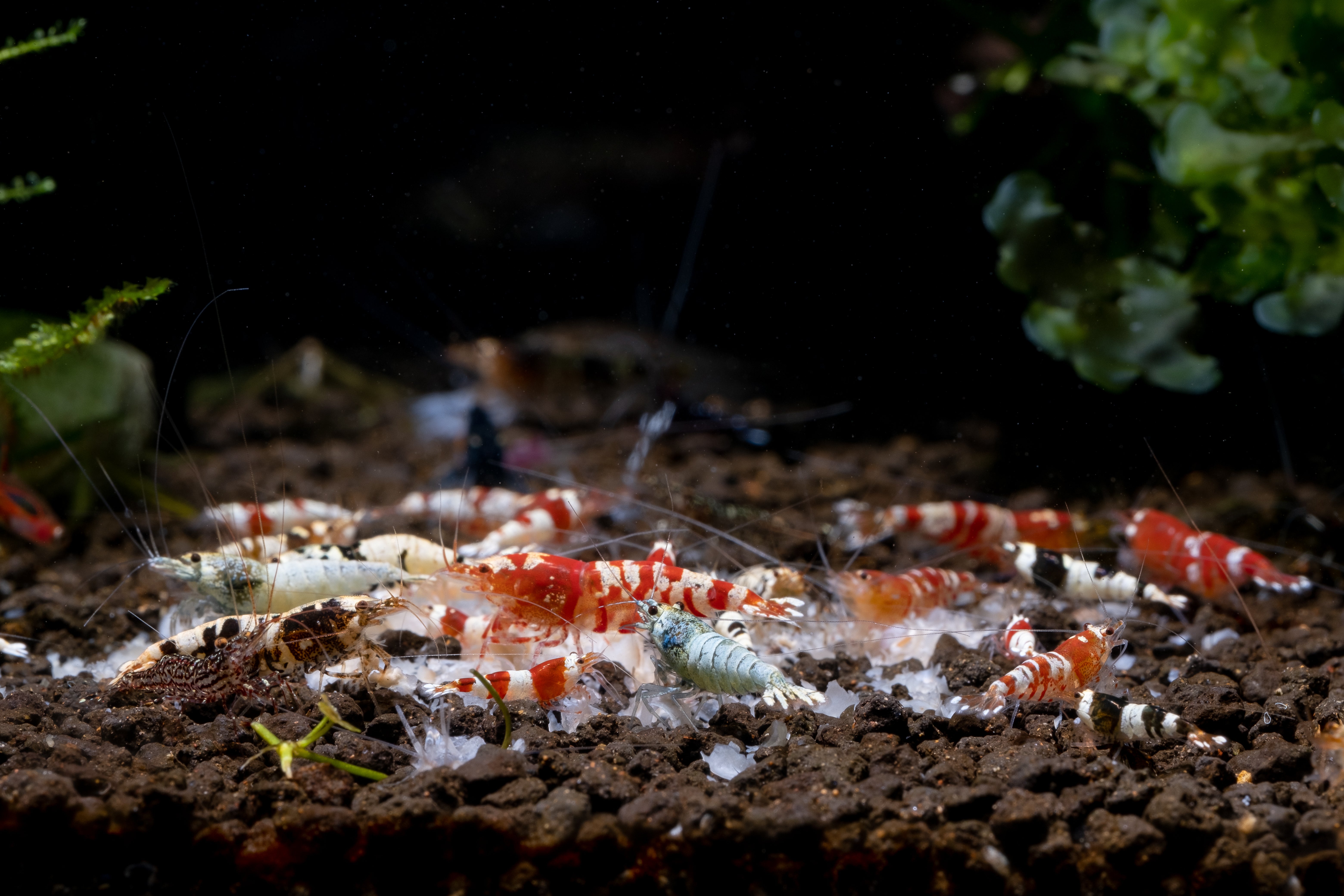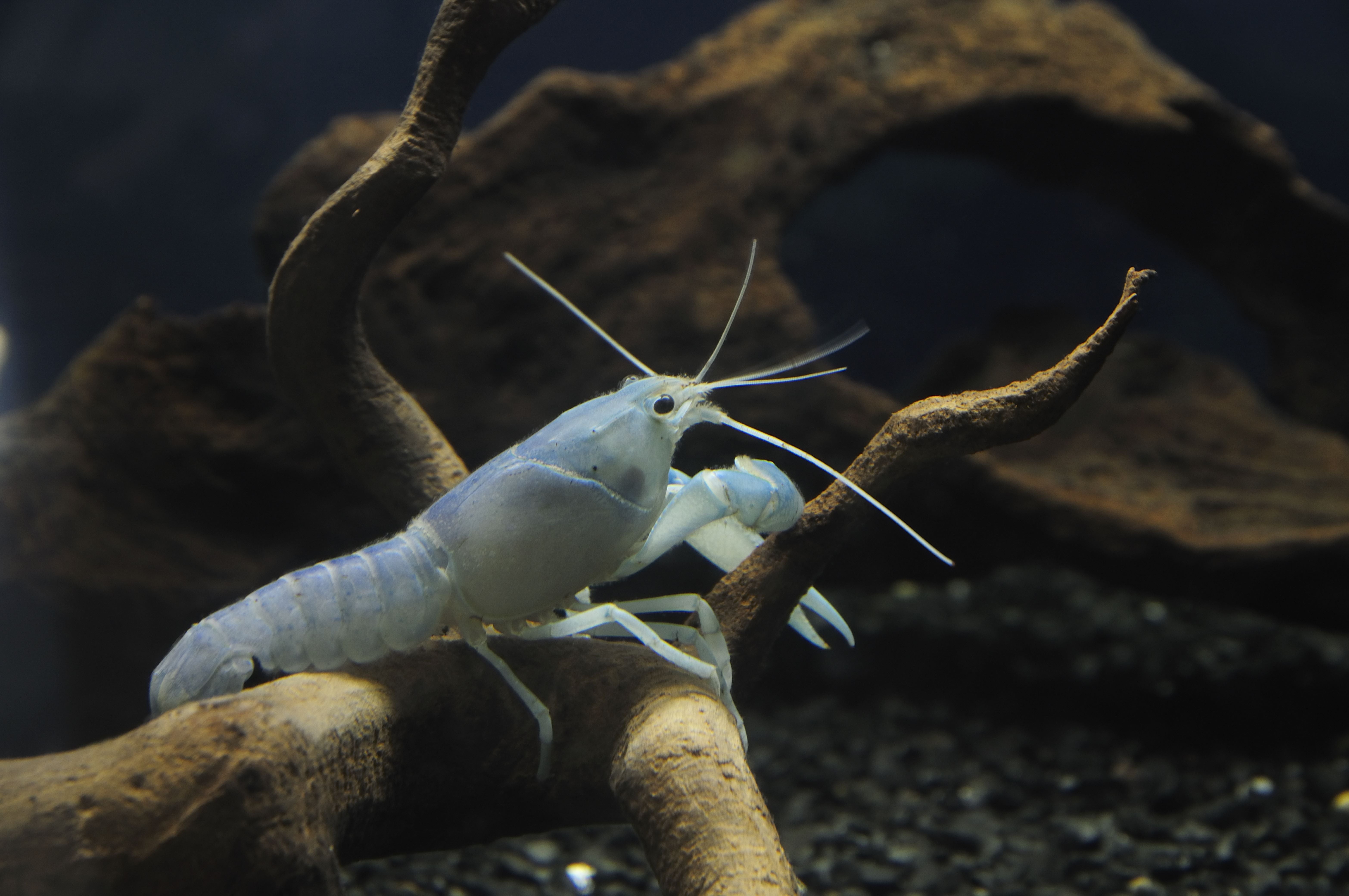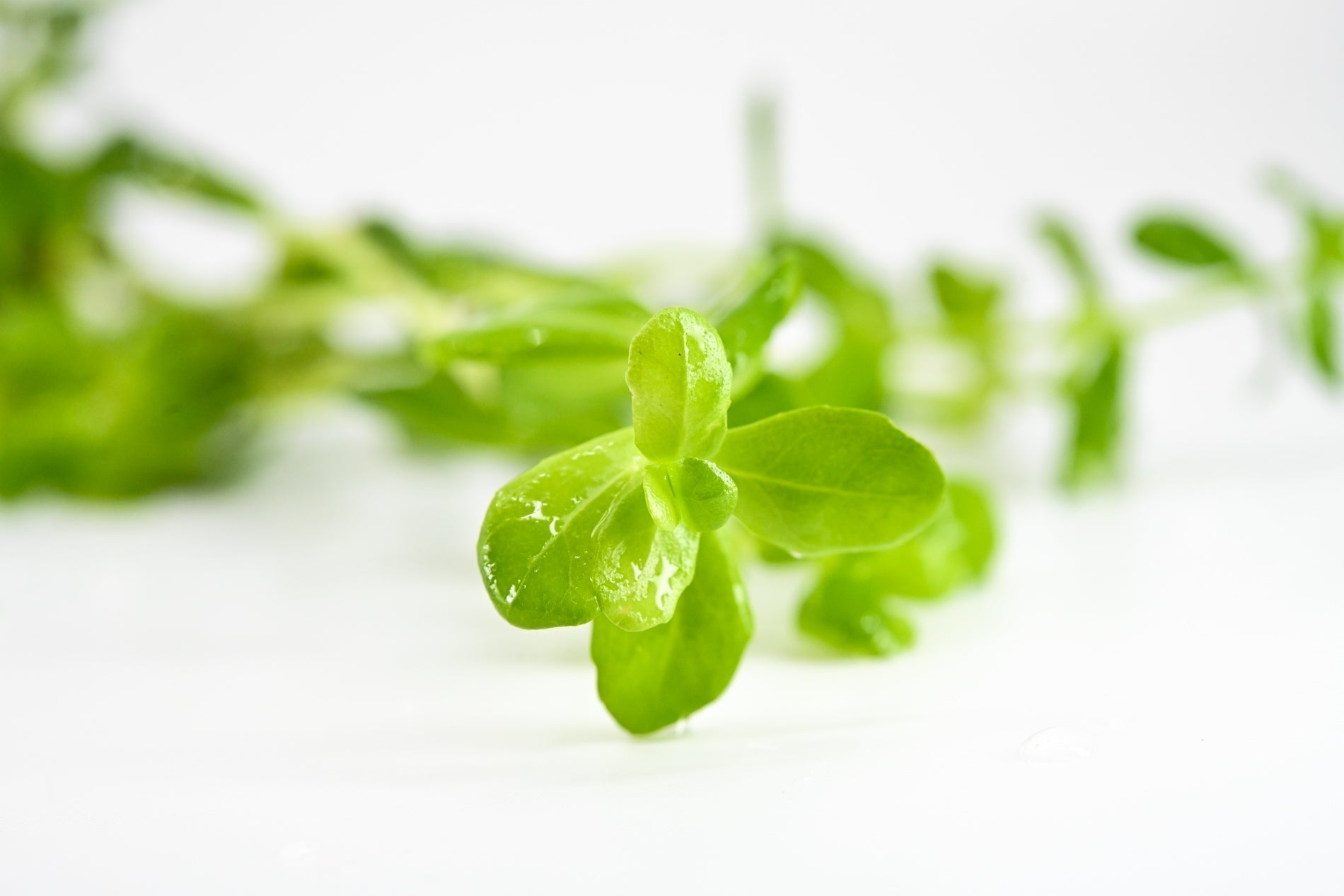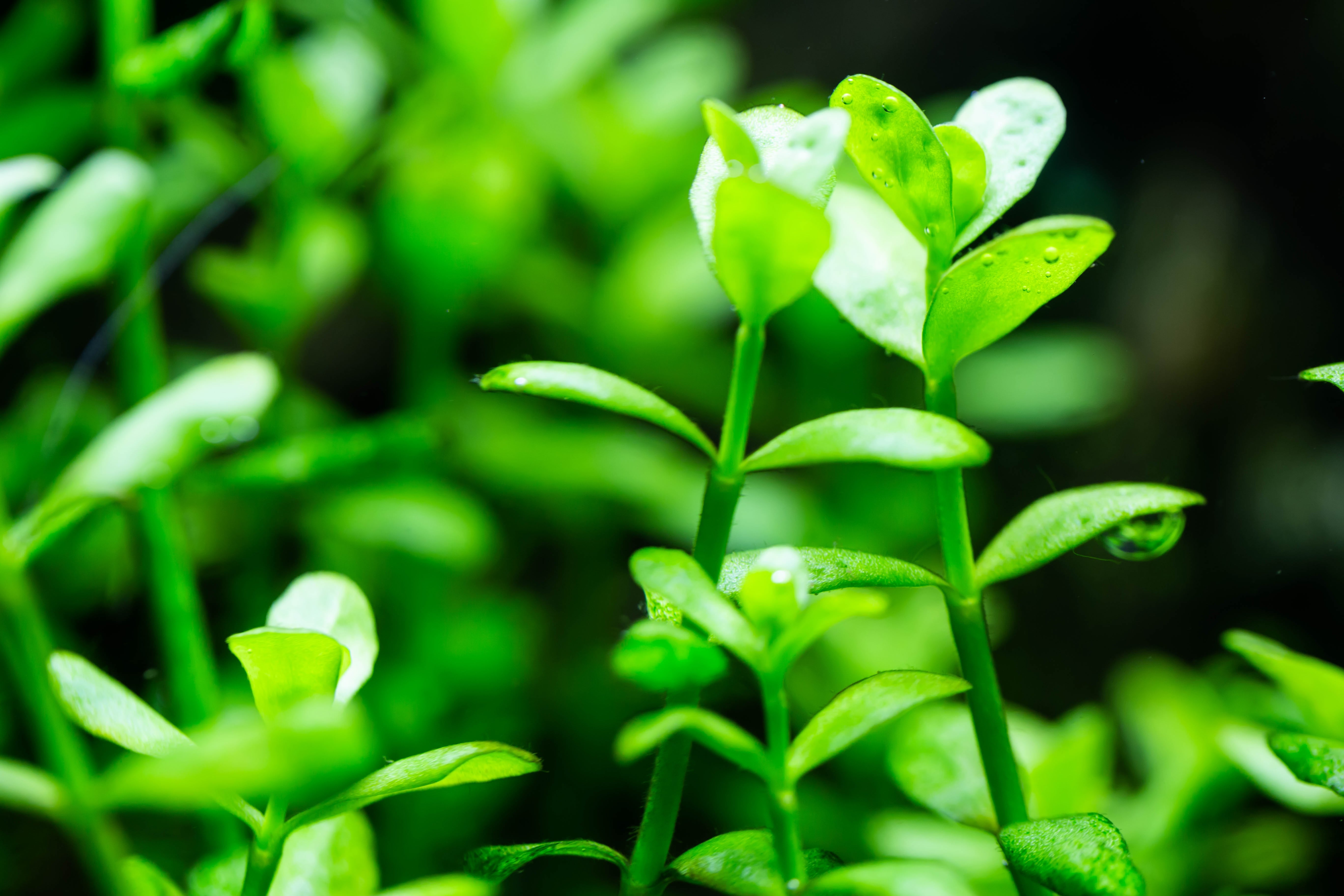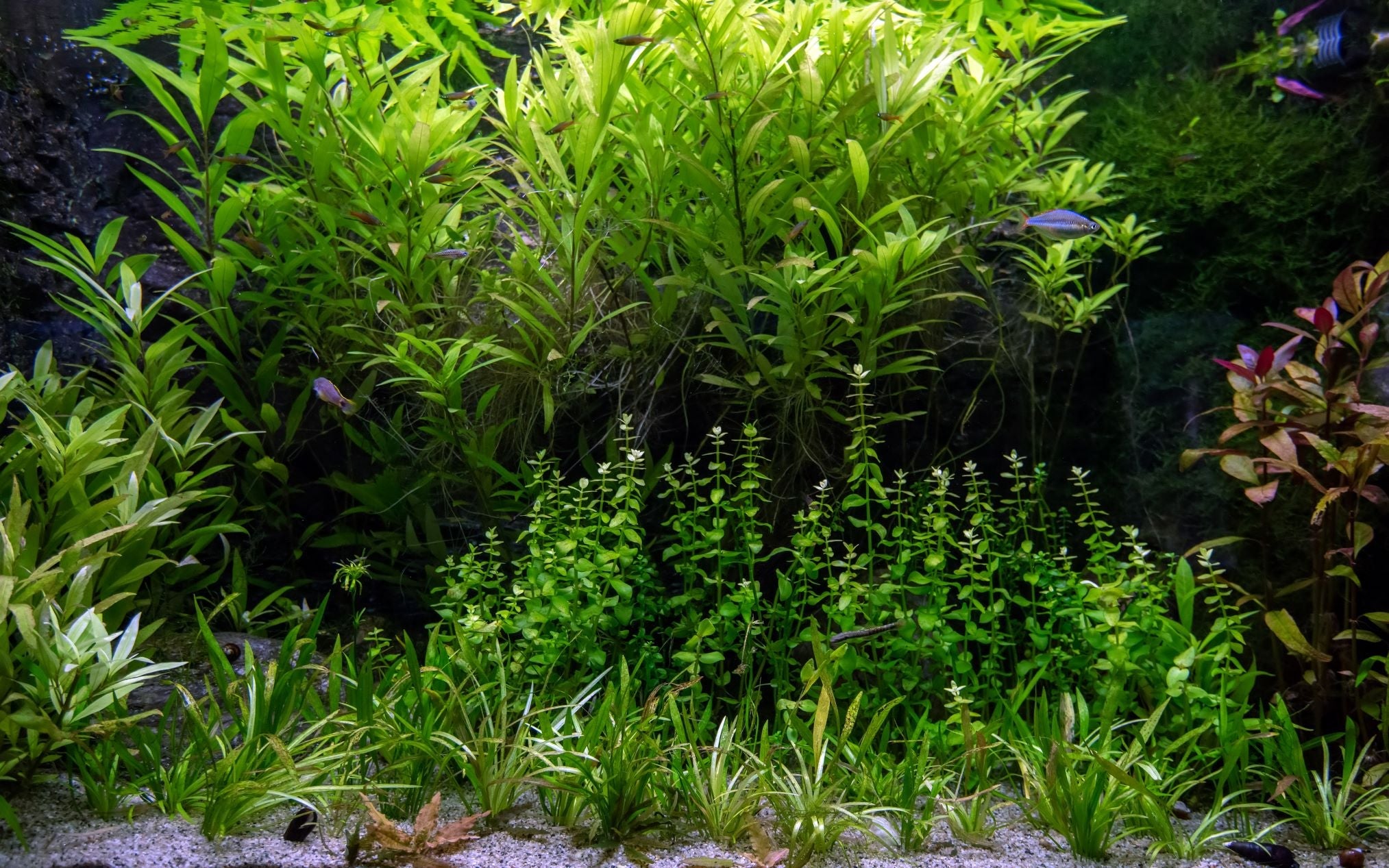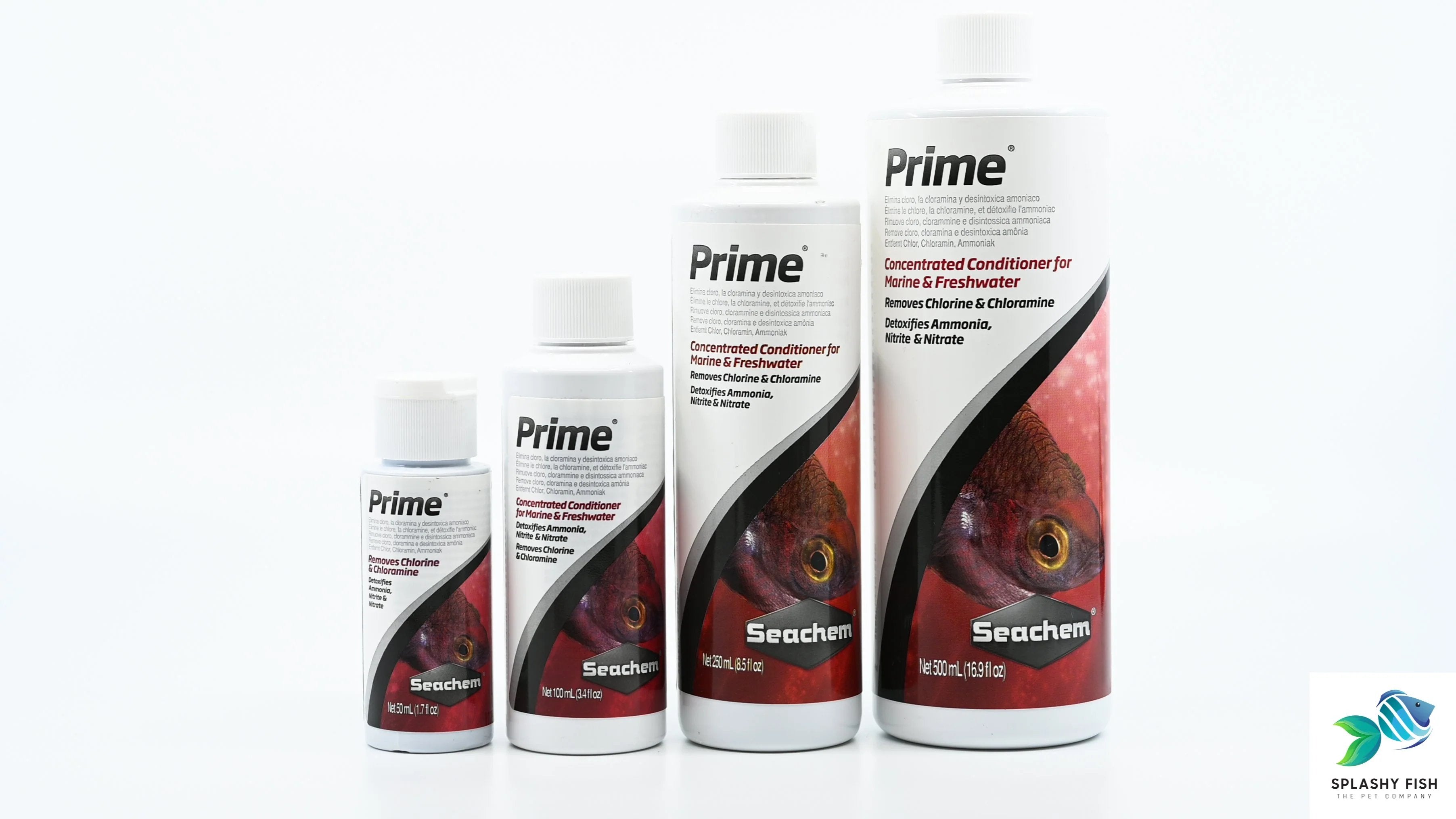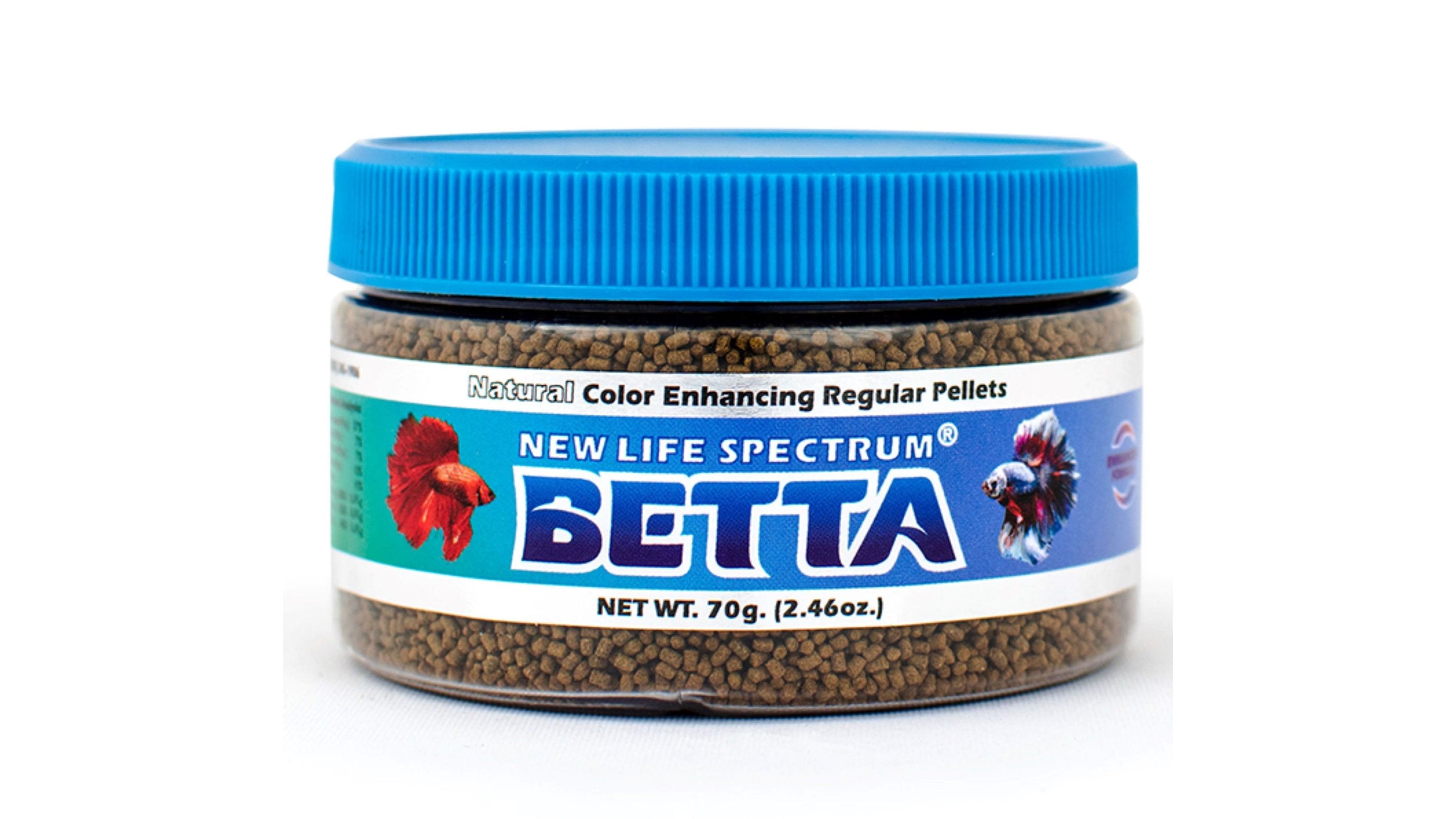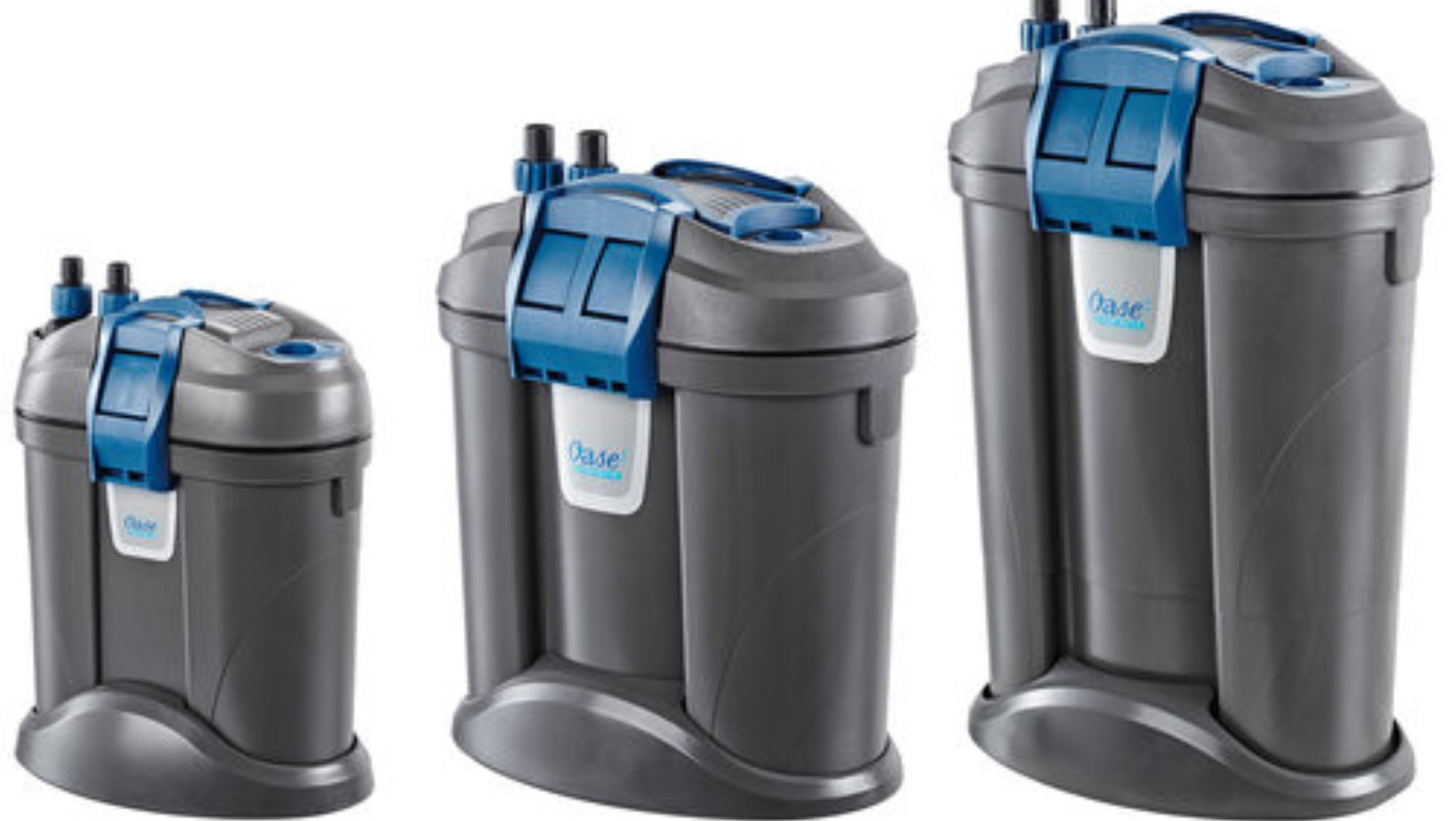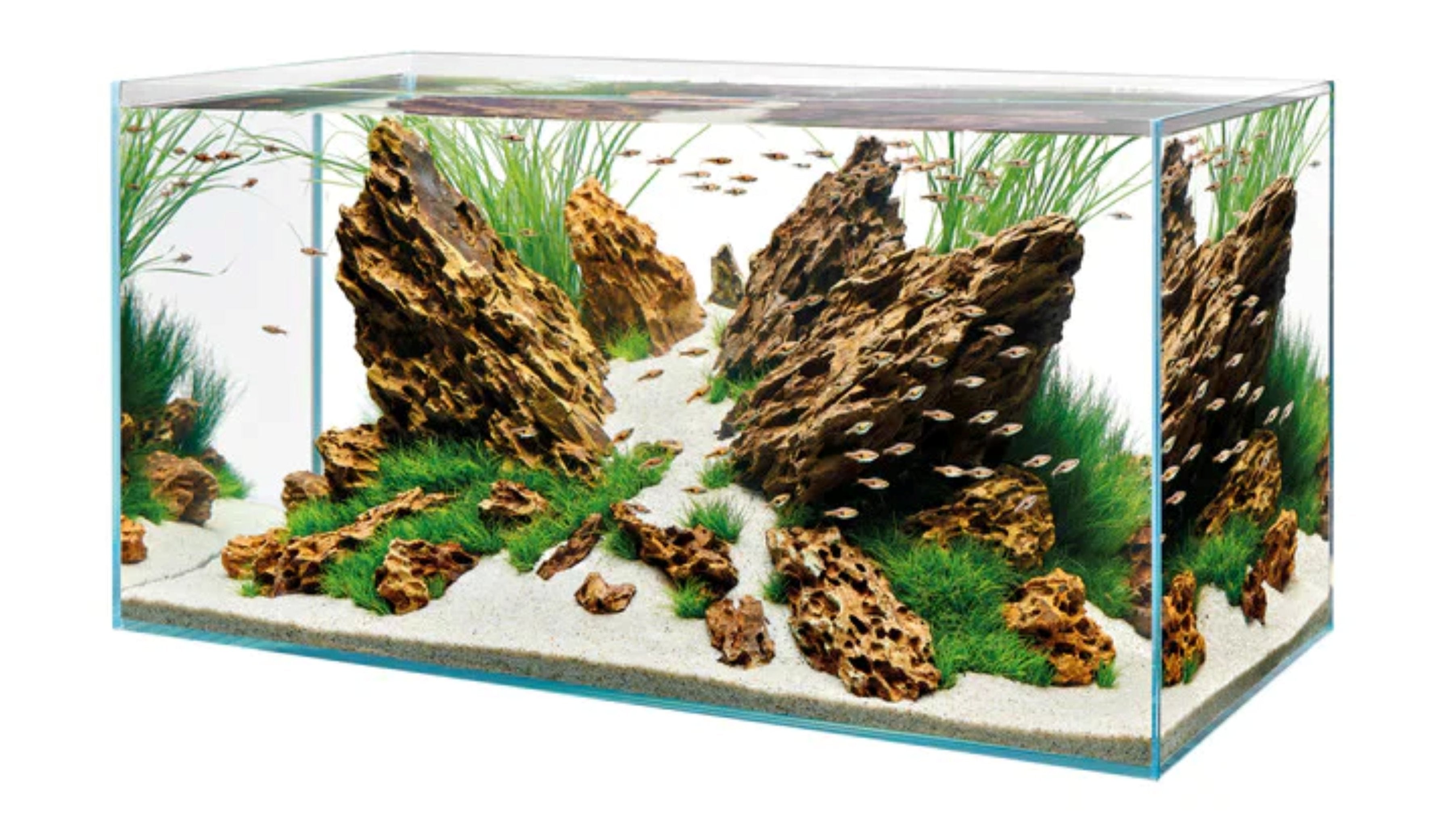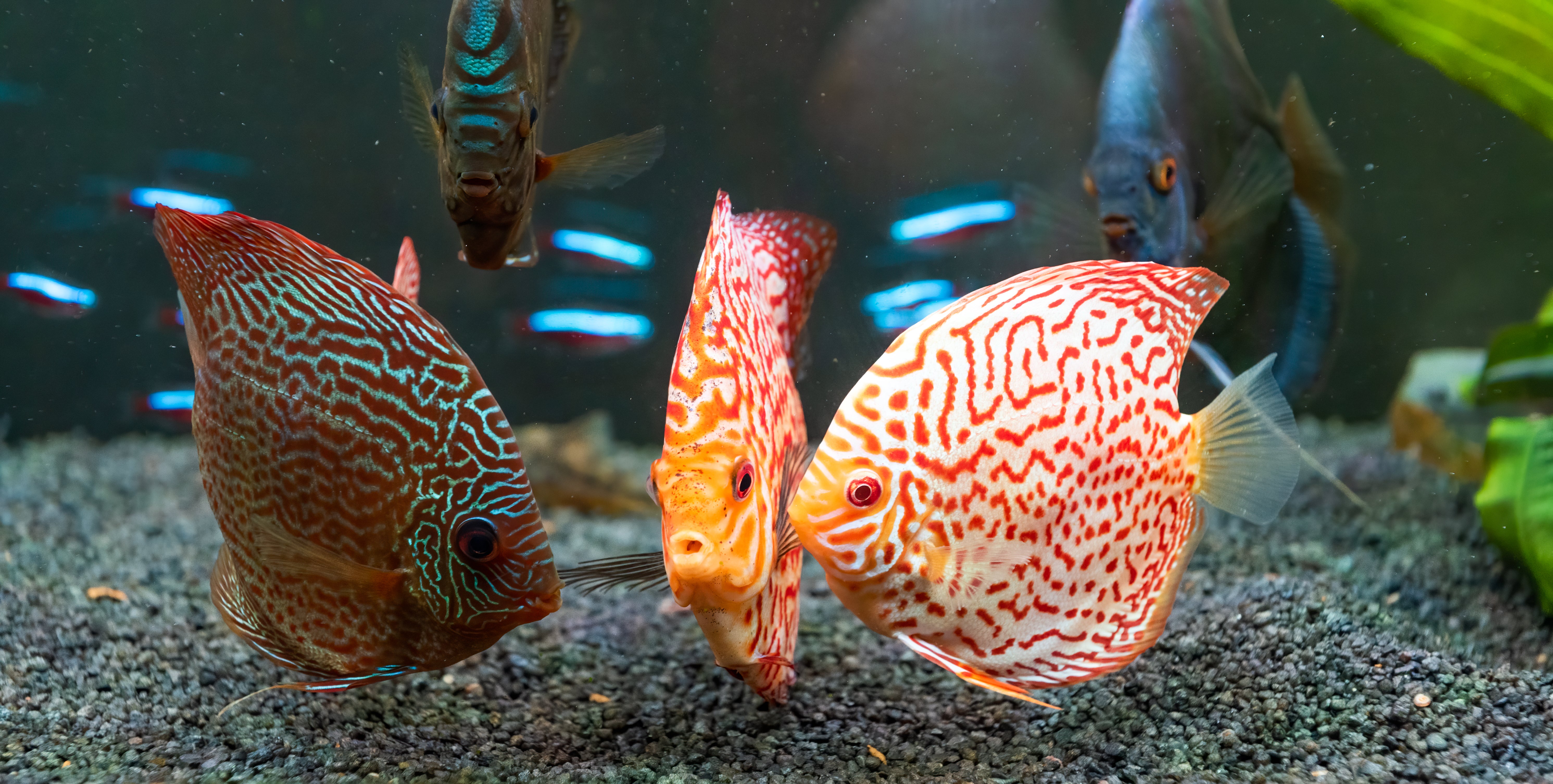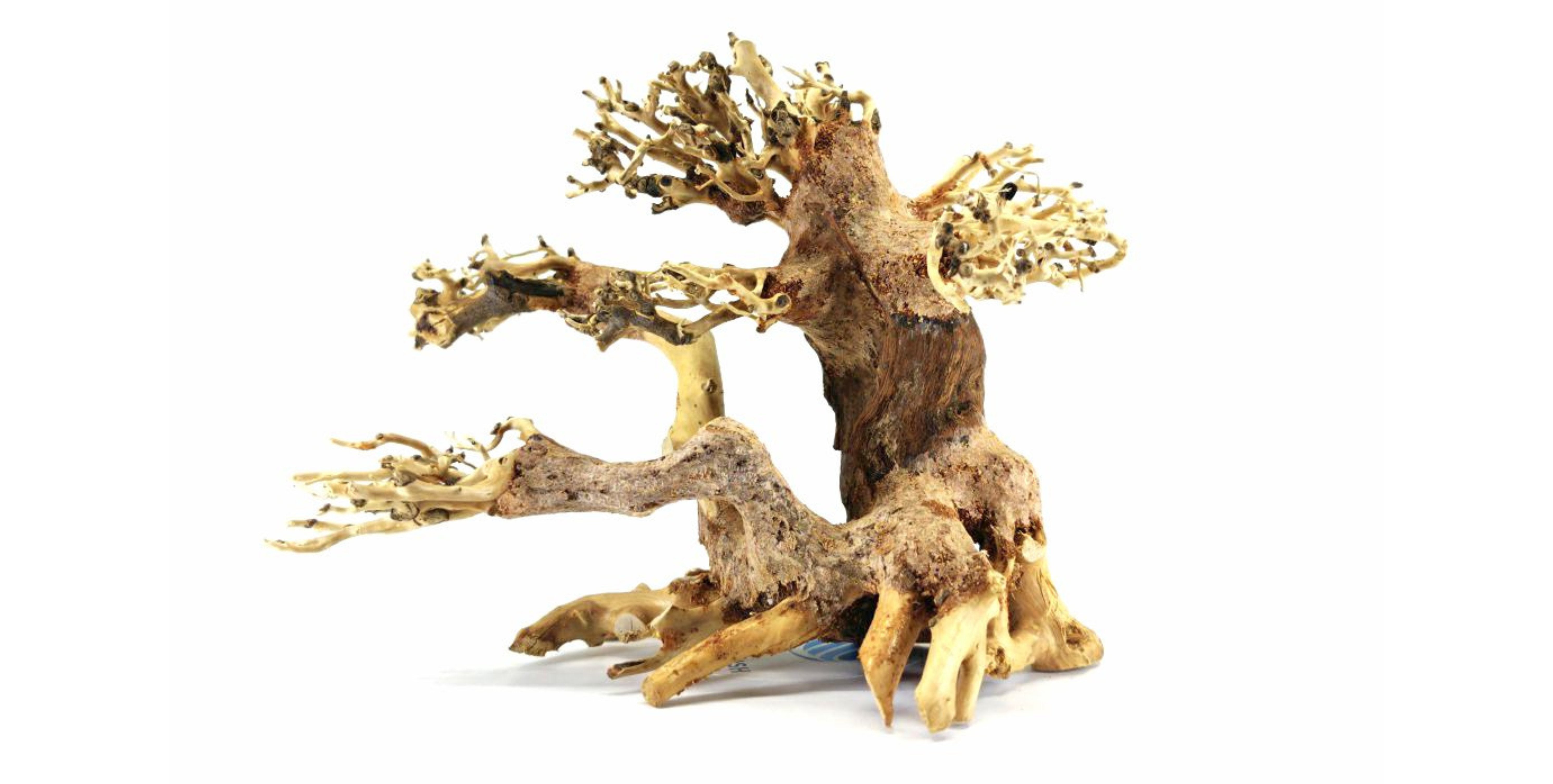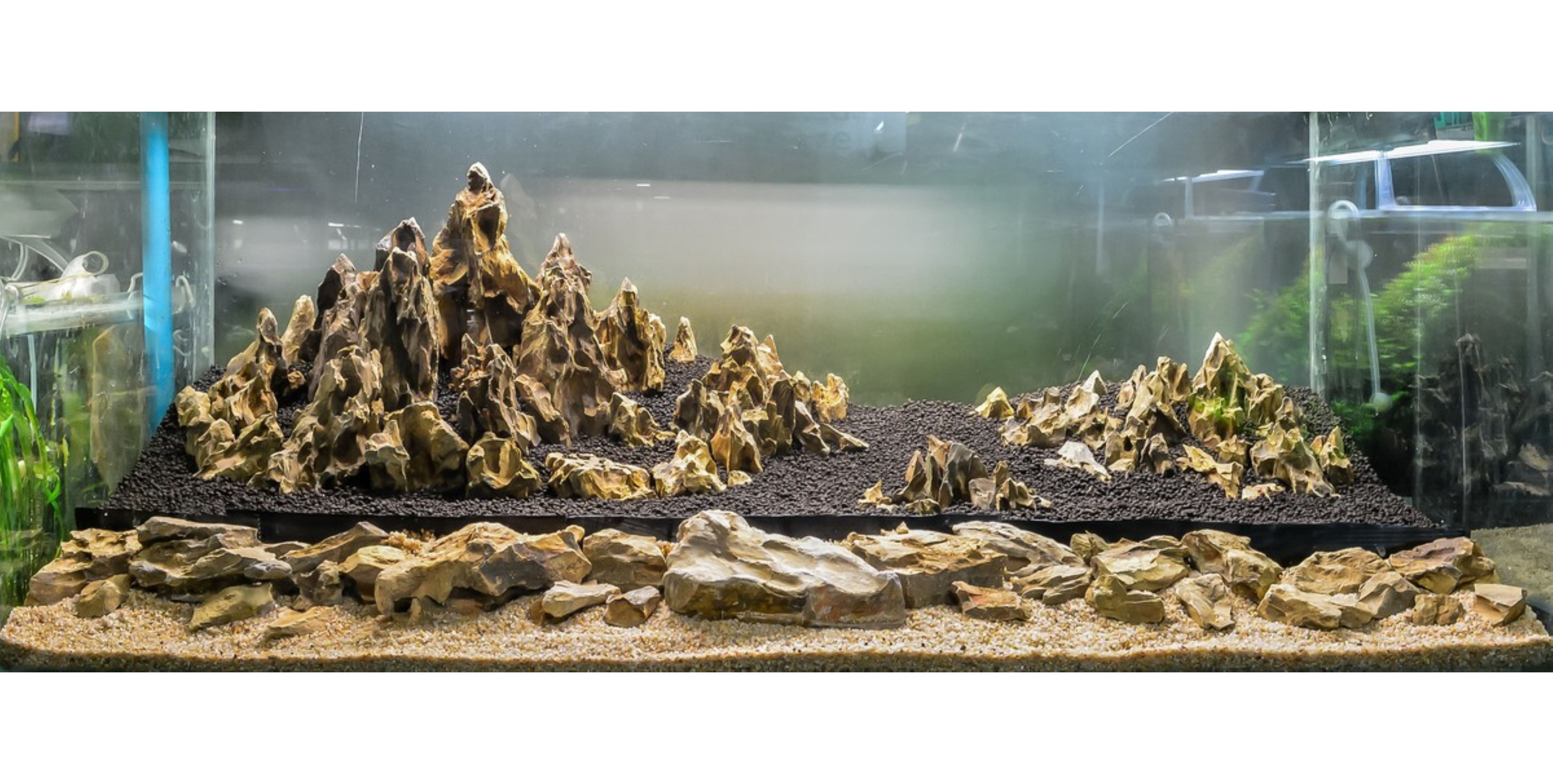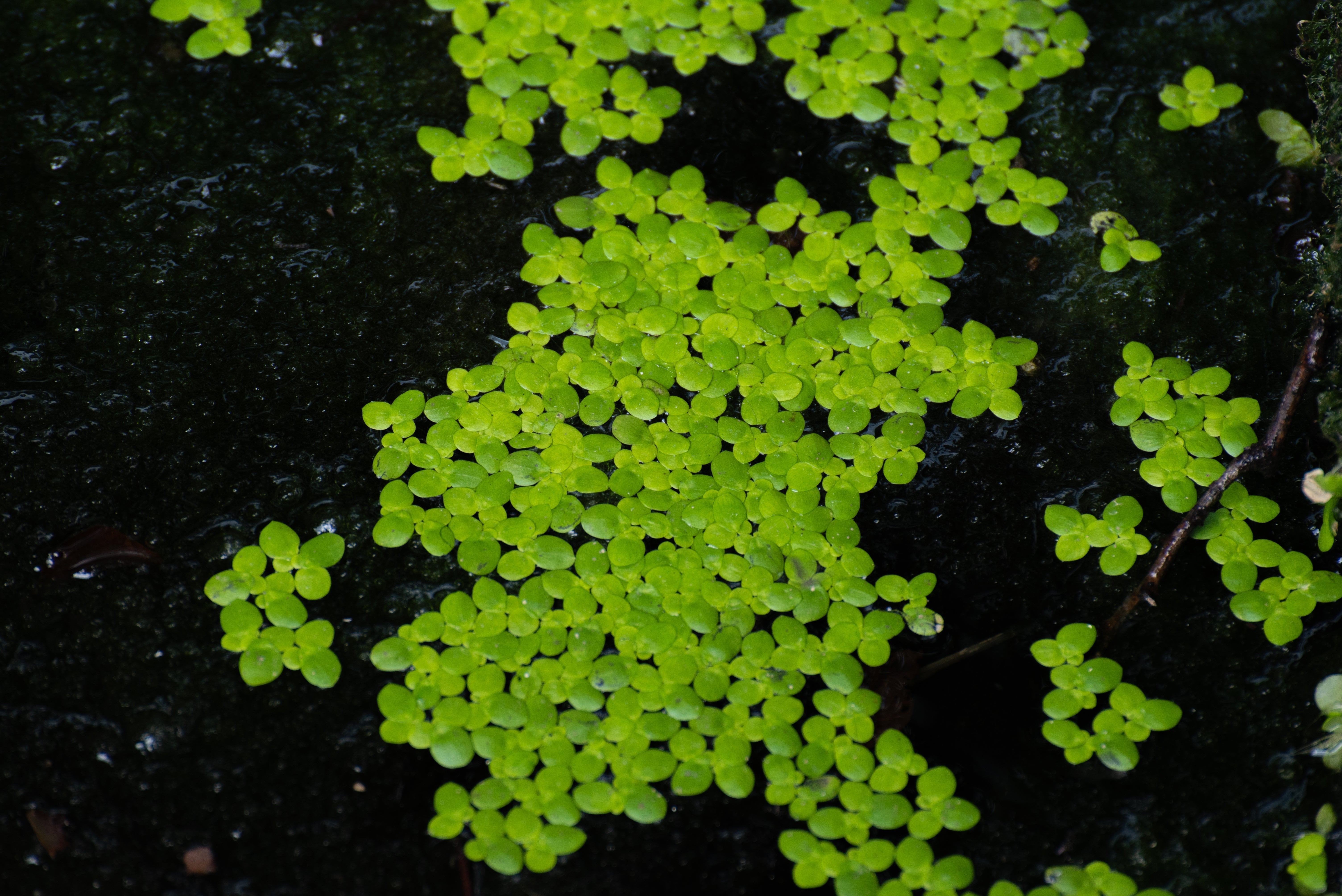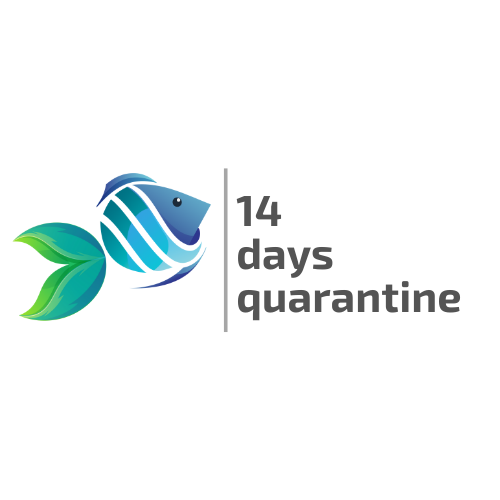Table of Contents
Welcome to the ultimate guide to duckweed, where we dive into the amazing benefits of nature's floating green gem for your fish tank. With its tiny floating leaves and rapid growth, duckweed not only adds a vibrant touch of green to your tank but also offers a multitude of advantages. Acting as a natural water purifier, this versatile plant absorbs excess nutrients such as nitrate and phosphate, reducing the risk of algae blooms and promoting overall water quality. Additionally, duckweed provides a sheltered habitat for fish fry and other small aquatic organisms, creating a thriving ecosystem within your tank. In this comprehensive guide, we'll explore the various types of duckweed, cultivation methods, and maintenance tips to ensure a successful and aesthetically pleasing display. Discover how to optimize growth, prevent overgrowth, and strike the perfect balance in your fish tank. So, roll up your sleeves and get ready to enhance your tank with the wonders of duckweed - nature's floating green gem.
What is Duckweed?
Duckweed is a small, floating aquatic plant belonging to the Lemnaceae family. With its tiny oval leaves and lack of stems, duckweed is among the simplest and fastest-growing plants. Found in ponds, lakes, and slow-moving water bodies, duckweed plant thrives in nutrient-rich environments.
In aquariums, duckweed’s simplicity makes it a popular choice. It’s easy to cultivate and maintain, and its natural look enhances the aesthetics of any tank. The plant is also a valuable tool for hobbyists looking to create a balanced, self-sustaining aquatic ecosystem.

Benefits of Adding Duckweed to Your Fish Tank
Adding duckweed to your fish tank can bring numerous advantages. Let’s take a closer look at how this floating plant can transform your aquarium:
Natural Water Purifier
Duckweed aquarium plant absorbs nitrates, phosphates, and other harmful nutrients that accumulate in aquariums over time. These nutrients, if left unchecked, can fuel unwanted algae blooms and deteriorate water quality. Duckweed acts as a living filter, keeping your tank cleaner and healthier for its inhabitants.
Shelter for Fry and Small Aquatic Creatures
Duckweed’s dense cover provides a safe haven for baby fish and microorganisms. Fry can hide among the floating plants, avoiding predators while they grow stronger.
Shade and Algae Control
By covering the water’s surface, duckweed limits the amount of light that reaches lower levels. This shading effect discourages algae growth, ensuring your tank stays clear and visually appealing.
Food Source
Duckweed is a highly nutritious plant that is rich in protein. It serves as a supplementary food for herbivorous and omnivorous fish like goldfish, Guppies fish, and tilapia, contributing to a natural and balanced diet.
Aesthetic Appeal
The vibrant green color and floating nature of duckweed add a touch of natural beauty to your aquarium tank, creating a serene and picturesque aquatic environment.
Types of Duckweed Commonly Used in Fish Tanks
There are several species of duckweed, each with unique characteristics. Here are the most popular types for aquariums:
Lemna minor (Common Duckweed)
This is the most widely used species, known for its rapid growth and adaptability. It’s perfect for beginners due to its resilience and ease of care.
Spirodela polyrhiza (Giant Duckweed)
As the name suggests, this species has larger leaves and grows at a slightly slower pace than Lemna minor. It’s ideal for larger tanks and provides excellent shading.
Wolffia spp. (Watermeal)
The smallest duckweed species, Wolffia is almost microscopic. Its delicate size makes it suitable for nano tanks or aquariums with small freshwater fish species.
Each type offers unique benefits, so choose the one that best fits your tank’s size and the needs of its inhabitants.
The Role of Duckweed in The Ecosystem of Your Fish Tank
Duckweed mimics natural aquatic ecosystems by balancing nutrient levels and fostering biodiversity. Here’s how it contributes:
-
Nutrient Cycling: Duckweed absorbs excess nutrients, preventing them from accumulating to harmful levels.
-
Support for Microorganisms: It provides a habitat for beneficial microorganisms that play a crucial role in the nitrogen cycle.
-
Encouraging Biodiversity: The shelter and shade offered by duckweed attract various aquatic life forms, promoting a thriving and balanced ecosystem.
How to Introduce Duckweed to Your Fish Tank
Introducing duckweed to your fish tank is a straightforward process. Follow these steps for a successful start:
-
Purchase Healthy Plants: Buy duckweed from a reputable source to ensure it is free of pests, diseases, and contaminants.
-
Acclimate Duckweed: Place the duckweed in a separate container with water from your tank. Allow it to acclimate to the tank’s temperature and water chemistry for about an hour.
-
Release Gradually: Gently place the duckweed on the surface of your tank, spreading it evenly. This ensures optimal coverage and prevents clumping.
-
Monitor Initial Growth: Observe the duckweed for the first few days to ensure it is thriving and adapting to your tank’s environment.
Maintaining Duckweed in Your Fish Tank
While duckweed aquatic plant is low-maintenance, proper duckweed care requirement ensures it thrives without becoming a nuisance:
-
Control Growth: Duckweed can grow rapidly, doubling in mass within days. Use a fine net to skim excess duckweed regularly, preventing overgrowth and maintaining a balanced ecosystem.
-
Monitor Nutrient Levels: Avoid over-fertilizing your tank. Duckweed thrives in nutrient-rich environments but can deplete other plants’ resources if unchecked.
-
Check Water Flow: Strong currents can push duckweed into your filters, potentially causing clogs. Consider using sponge filters or pre-filters to prevent this issue.
-
Prune Regularly: Remove decayed or yellowing leaves to maintain the plant’s overall health and appearance.
Tips for Successfully Care for Duckweed Plant
To get the best results from your duckweed care journey, follow these tips:
-
Optimal Lighting: Duckweed thrives in moderate to high lighting conditions. Ensure your tank has sufficient aquarium light to promote healthy growth.
-
Stable Water Conditions: Maintain consistent water parameters, including a pH of 6.5-7.5 and a temperature range of 65-75°F.
-
Regular Maintenance: Skim the surface to remove debris and excess duckweed, preventing it from covering the entire surface.
-
Supplement Nutrients Carefully: While duckweed feeds on excess nutrients, too much can lead to overgrowth and imbalances. Use fertilizers sparingly if needed.
Which Freshwater Fish Get Benefits from Duckweed Plants?
Duckweed is beneficial to a variety of freshwater fish:
-
Goldfish: They enjoy nibbling on duckweed, which provides a nutritious addition to their diet.
-
Tilapia: Often used as a primary food source in aquaponic systems, tilapia thrive on duckweed.
-
Betta Fish: The shaded environment created by duckweed mimics their natural habitat, making them feel secure.
-
Fancy Guppies and Mollies: These active freshwater fish benefit from improved water quality and the hiding spots duckweed offers.
-
Freshwater Shrimp and Snails: Duckweed also supports invertebrates, providing them with a place to forage and shelter.
Enhance Duckweed Planted Tank with Other Aquatic Plants
Combining duckweed with other aquatic plants creates a harmonious and visually appealing environment. Consider these pairings:
-
Amazon Swords: Their large, rooted leaves complement duckweed’s floating nature.
-
Java Fern: A low-maintenance plant that thrives in similar conditions.
-
Anubias: Adds texture and depth to the tank, pairing beautifully with duckweed. Some popular species include Anubias Nana, Anubias Barteri, and Anubias Nana petite.
This combination not only improves aesthetics but also enhances the tank’s ecological balance.
Common Issues and Troubleshooting with Duckweed in Fish Tanks
-
Overgrowth: Duckweed can quickly overtake the surface. Regularly remove excess plants to maintain balance.
-
Clogged Filters: Install pre-filters to protect your equipment from clogs caused by duckweed.
-
Nutrient Imbalance: If duckweed growth slows, use a reliable water test kit to test your water parameters and adjust as needed to restore nutrient levels.
-
Yellowing Leaves: Ensure proper lighting and nutrient availability to prevent discoloration.
Conclusion
Duckweed aquarium plants are a versatile and beneficial addition to any fish tank. By improving water quality, providing shelter, and enhancing the ecosystem, duckweed is a low-maintenance solution for both beginners and seasoned aquarists. With proper care, this floating green gem will transform your planted aquarium into a thriving aquatic paradise. At Splashy Fish tropical fish store, Duckweed plant for sale and other live aquatic plants for sale are hand-picked to ensure they come to our customers with the highest quality. Visit us to buy them online or at our aquarium store in Virginia for more aquarium products such as freshwater fish for sale, freshwater shrimp for sale, and aquarium supply.
Duckweed Plants Care Frequently Asked Questions
How fast does duckweed grow?
Under optimal conditions, duckweed can double its biomass every 24-48 hours. Factors like light, temperature, and nutrient availability greatly influence its growth rate. Regular monitoring and pruning are necessary to keep it from overwhelming the tank.
Can duckweed survive in low-light conditions?
Duckweed can tolerate low light but thrives in moderate to high lighting. In low-light tanks, growth may slow down, and the plant’s vibrant green color can fade. If your tank has limited light, consider supplementing with an aquarium light to support healthy growth.
Is duckweed good for all fish tanks?
Yes, duckweed can be used in most fish tanks, but it’s essential to manage its growth. For tanks with strong water currents, consider using a floating ring to keep duckweed in one area. Additionally, tanks with herbivorous fish may require more frequent replanting as the fish may consume it quickly.


